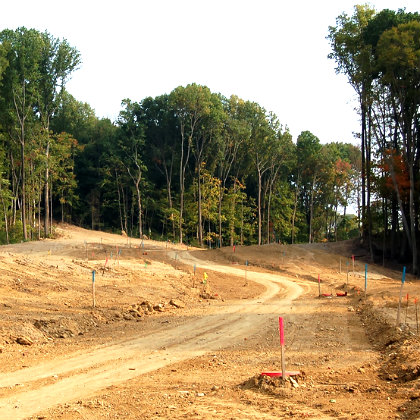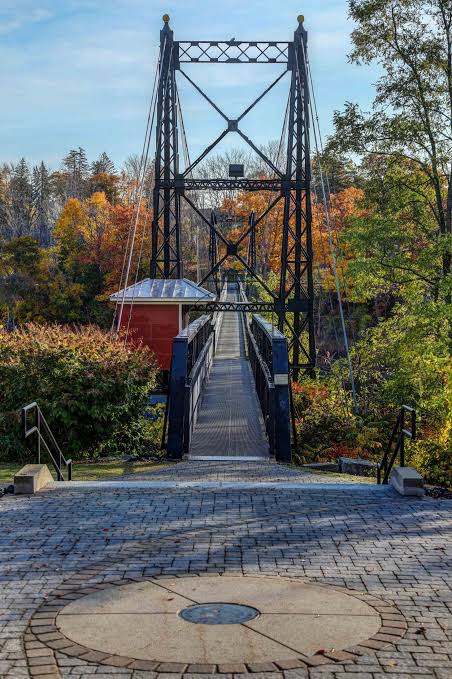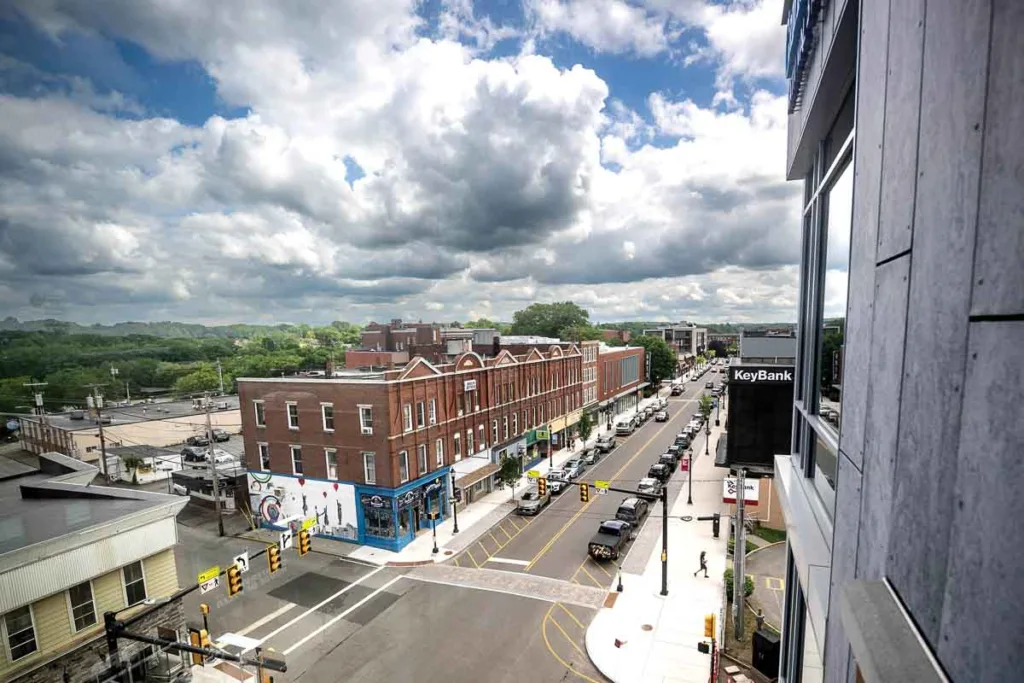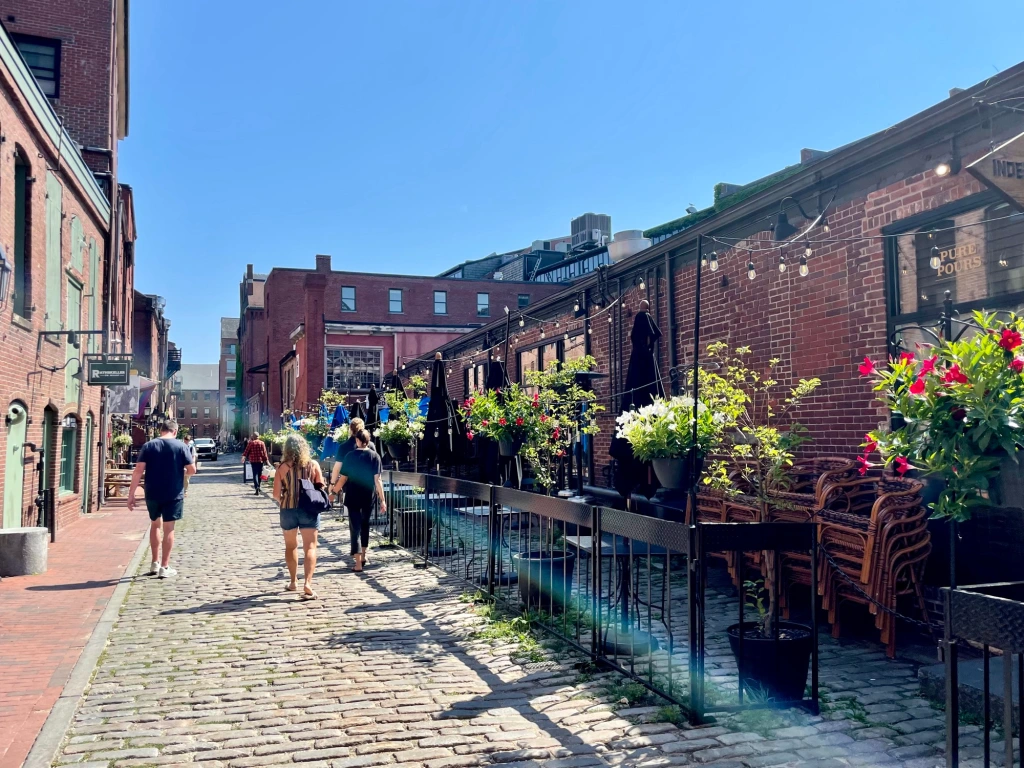Investing in Maine’s Housing Future: Opportunities Across Five Dynamic Markets

Maine is experiencing a housing affordability crisis that presents both a challenge and an opportunity for mission-driven developers. From the ski towns of the western mountains to the cultural hub of Portland, communities across the state are struggling to house their workforce, young families, and long-time residents. For developers willing to tackle this challenge, Maine offers compelling opportunities to build profitable projects while addressing a critical community need.

I’m currently working on affordable housing developments across five distinct Maine markets—Newry, Bethel, Rumford, Waterville, and Portland—each offering unique advantages and serving different community needs.
The Western Mountains: Newry and Bethel

The western Maine ski region has become ground zero for Maine’s affordability crisis. Newry and Bethel, home to Sunday River and proximity to world-class outdoor recreation, have seen property values skyrocket as second-home buyers and short-term rental investors have flooded the market. The result? Service workers, teachers, healthcare professionals, and young families are being priced out of the communities they serve.

The Opportunity: These towns desperately need year-round workforce housing. Local businesses struggle to find employees who can afford to live nearby, and the lack of housing threatens the economic vitality of the entire region. Developers who can navigate the regulatory environment and build attainable housing will find strong community support and genuine market demand from essential workers earning decent wages but unable to compete with out-of-state buyers paying cash for vacation properties.
The proximity to outdoor recreation also makes these areas attractive to remote workers and young professionals seeking quality of life, creating a built-in market for well-designed, moderately priced housing that serves both seasonal workers and year-round residents.
Rumford: A Mill Town Ready for Reinvention

Rumford presents a different kind of opportunity. This historic mill town has faced economic headwinds but maintains solid infrastructure, affordable land, and a community eager for revitalization. While Rumford doesn’t face the same pricing pressures as the resort towns, it needs investment to stabilize neighborhoods and attract new residents.
The Opportunity: Rumford offers lower development costs and less competition, making it ideal for projects targeting lower income thresholds. The town’s proximity to outdoor recreation areas and its relatively central location make it viable for workforce housing serving the broader Oxford County region. Successful projects here can catalyze broader community revitalization while providing genuinely affordable options for working families.
Waterville: The Mid-Maine Connector

Waterville sits at the geographic heart of Maine, offering accessibility to both Portland and Bangor while maintaining a lower cost structure than coastal markets. Home to Colby College and a growing arts scene, Waterville has been quietly repositioning itself as an affordable alternative for families and businesses priced out of southern Maine.

The Opportunity: Waterville’s location makes it attractive for commuters and remote workers seeking lower housing costs without complete rural isolation. The presence of Colby College provides economic stability and a market for rental housing. As Maine’s coastal communities become increasingly unaffordable, mid-Maine towns like Waterville are positioned to capture overflow demand from people seeking to remain in the state without paying premium coastal prices.
Portland: Maine’s Economic Engine

Portland needs no introduction as Maine’s largest city and economic powerhouse, but its housing crisis threatens its continued growth and livability. Median home prices have pushed well beyond what teachers, nurses, restaurant workers, and other essential workers can afford, even as the city’s economy continues to expand.

The Opportunity: Portland offers the strongest market fundamentals, the most diverse economy, and the greatest depth of demand for housing at all price points. While development costs and regulatory hurdles are higher, the market can support denser, more innovative projects. Portland also offers better access to financing, including tax credit programs and favorable municipal policies for affordable housing development.
Why Affordable Housing Development Matters

Beyond the obvious moral imperative, developing affordable housing in these communities makes practical business sense and addresses critical economic and social challenges:
Economic Stability: Communities cannot sustain economic growth when workers cannot afford to live there. Businesses in Bethel and Newry are already limiting hours or closing due to staffing challenges directly tied to housing costs.
Workforce Retention: Healthcare facilities, schools, and service businesses need employees who can afford stable housing. High turnover due to housing instability undermines service quality and increases training costs.
Community Resilience: Towns with diverse housing stock weather economic changes better than those dominated by vacation properties or luxury developments. Mixed-income communities are more stable and sustainable.
Long-term Returns: While affordable housing projects may have lower margins than luxury development, they often benefit from public financing tools, tax incentives, and more predictable demand cycles. They’re also less vulnerable to recession than high-end markets.
Social License: Developers who address community needs build goodwill that facilitates future projects and creates lasting relationships with municipalities and residents.
The Path Forward

Maine’s housing crisis won’t solve itself, and market-rate development alone cannot address the affordability gap. Developers willing to work creatively with municipalities, housing authorities, and community organizations can build successful projects while genuinely helping communities thrive.
The projects I’m advancing in these five markets reflect different approaches to the same fundamental challenge: ensuring that Maine remains a place where working people can afford to live, raise families, and contribute to their communities. From mountain resort towns to mid-sized cities, the opportunity to do well while doing good has rarely been clearer.
For developers considering Maine, the message is simple: the need is urgent, the opportunities are real, and the communities are ready for partners willing to invest in their future.
Comments
Post a Comment